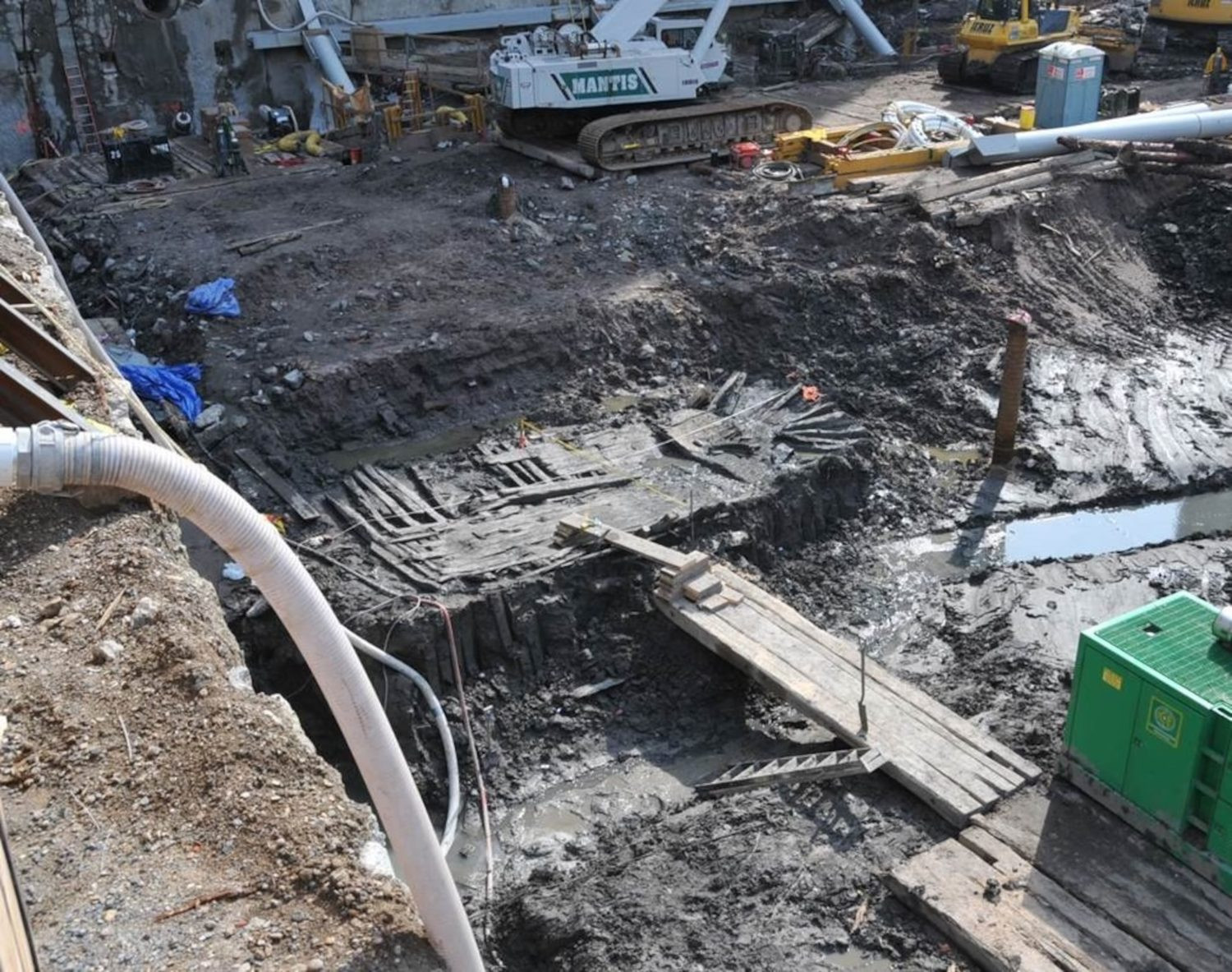Today marks 23 years since the world, as we know it, changed forever. At 8:46 am EDT (or 10:46 pm AEST), two Al Queda-controlled planes hit the Twin Towers of the World Trade Center, and within two hours, both 110-storey towers collapsed.
In addition to the twin attacks, a third plane struck the western face of the Pentagon at 9:37 am EDT (11:37 pm AEST), whilst a fourth plane, believed to be targeting the White House or Capitol Building, crash-landed in a field in Pennsylvania after passengers attempted to regain control of the aircraft.
In total, 2,996 people were killed in the days directly after the attacks. The FBI states that more than 400 first responders perished at the scene; however, 20 years on from the attacks, that number is believed to be as much as 3,500, with a significant number of first responders suffering from respiratory problems, cancer and mental illness.
On the site where the Twin Towers once stood, One World Trade Center stands —a 1776-foot hybrid concrete and steel building believed to be the first significant building to use three-dimensional Building Information Modeling (or BIM) for its construction. The Center’s height – near the National September 11 Memorial and Museum – is a symbolic nod to the US Declaration of Independence.
For 11 years, from 2003 until 2014, the 9/11 site was a construction site. In 2010, New York’s Lower Manhattan excavators discovered buried in the ground the remains of a wooden ship—which, according to a 2014 study—was built using timber harvested from forests in Pennsylvania in 1773.
Workers discovered a 30-foot section of the vessel 20 to 30 feet below street level and a three-foot section of the ship’s bow a year later. According to Edward Cook, a tree ring scientist from Columbia University in New York City, Independence Hall and other Revolutionary-era buildings were constructed using the same timber from the same area.
The ship—a type of sailboat called a sloop—was allegedly built in a small shipyard in Philadelphia soon after the timber was harvested. Two decades later, in the 1790s, the ship was deemed junk, and its remains were used as a landfill to extend the Hudson River’s banks and create more land in the burgeoning city of New York.
How Scientists Uncovered the Ship's Secrets
How was this information gathered from heavily deteriorated timbers?
Speaking to National Geographic, Mr Cook said the data’s exactness was due to the use of tree ring dating. “It is the premier scientific method for dating structures made of wood.”
The key relates to how trees grow: Each year, they lay down a new wood ring around their trunk. In good years, the rings are wide, and in bad years, they are narrow. Most of the time, scientists use this information to determine how the climate has changed in a particular area. But it also gives archaeologists a valuable tool to date wooden artefacts by cross-referencing tree-ring sequences in different samples.
The scientists established that the ship was constructed from hickory, spruce, pine and oak, but according to Cook, the white oak used in the ship’s frame was the determining factor. White oaks grow throughout the East Coast of North America. Still, scientists narrowed the precise location by drawing on tree-ring sequence information in white oaks from North Carolina to Massachusetts.
All that was required was comparing those sequences and the tree-ring sequences contained in the boat’s timber. As it turns out, “the same pattern of growth variability in the World Trade Center boat was found in timbers in southeastern Pennsylvania,” Cook said.
“There is no indication that timbers came from a more remote area.” The oldest ring they identified dates back to the late 1400s, during Columbus’s maiden voyage to the New World.
The youngest ring—laid down in the year the harvest occurred—dates back to 1773, when Bostonians held their famous Tea Party. The later date tells us when the wood was harvested and provides a window into the likely construction period.
A Ship Built for Short Voyages
“You can make an educated leap of faith that the timber was used as soon as it was cut down and that there wasn’t any seasoning involved,” said Martin Bridge, an expert on dating wooden artefacts at the University College London in the United Kingdom.
“With shipbuilding, you usually use [the wood] within a year or two [of it being harvested] because it’s easier to work with,” so it seems like a reasonable assumption that the ship was built in 1773 or soon after, noted Bridge, who was not involved in the study.
Mr Cook and his colleagues determined that the ship “probably had a short life” and was built in a “small shipyard” because all the timber had the same ring sequence. By comparison, a large shipyard “would have received wood from various locations, each with different growth conditions,” Mr Cook said, “so experts wouldn’t expect their tree-ring sequences to match up as nicely.”
Once built, the ship “would have been taken down the Delaware River, used for various purposes, and then taken to Manhattan where it was scrapped,” Mr Cook said. The area in Lower Manhattan where the ruins were found was filled in during the 1790s, so—for reasons that aren’t entirely clear—the ship’s working life probably didn’t extend beyond a decade or two.
“If ships [in the Philadelphia area] were easy to make or build because of the abundance of timber [in the late 1700s], then perhaps there wasn’t a lot of time put into building a strong vessel,” Mr Cook noted. “So the life span may have been not that great.”
Another possible explanation is a shipworm infestation in the timber, which may have reduced the vessel’s life span. Regardless, the ship’s journey didn’t end in Manhattan.
Preserving History for Future Generations
After excavating, the ruins were taken to the Maryland Archaeological Conservation Laboratory, where Mr Cook and his colleagues obtained the tree ring samples. Following its discovery, the New York Times reported that the wooden artefacts are now on exhibition at the New York State Museum in Albany, the State Capital. The board of Lower Manhattan Development Corporation, or LDMC, financed the ship’s transportation.
The Times, LMDC authorised as much as US $1.1 million to “further conserve and exhibit the ship.” Former LDMC President David Emil said, “Albany was a central part of the maritime culture of colonial and post-colonial America.”
The discovery of this shipwreck beneath the World Trade Center site serves as a poignant reminder of the layers of history that lie beneath our modern world. It also highlights the enduring power of scientific research and the importance of preserving historical artefacts for future generations. The ship's journey from its construction in Philadelphia to its final resting place under the Twin Towers is a testament to the ever-changing landscape of New York City. It's a story that spans centuries, reminding us that even in the heart of a bustling metropolis, remnants of the past can still be unearthed.

















